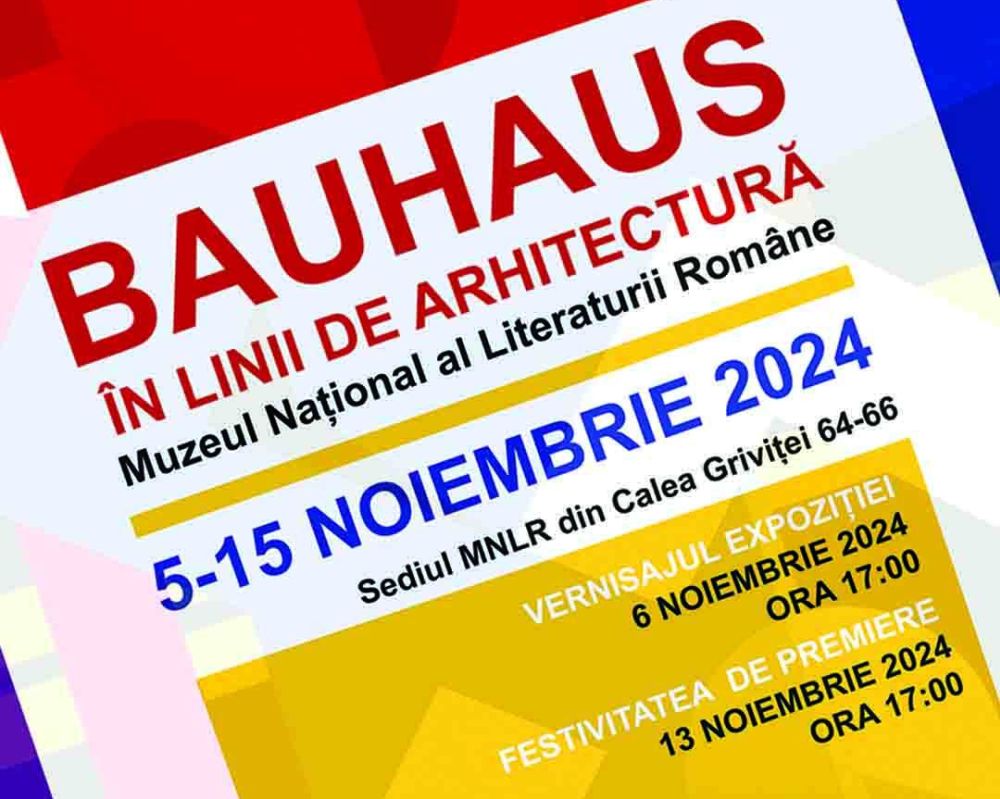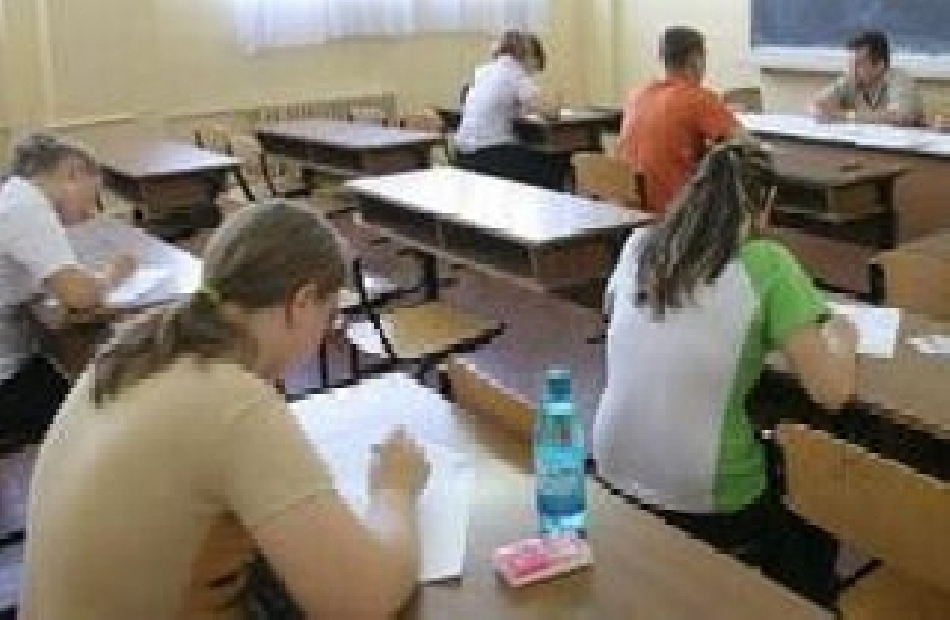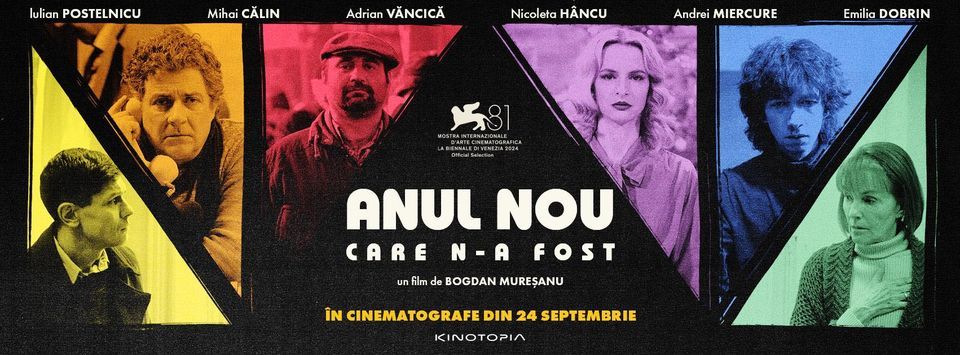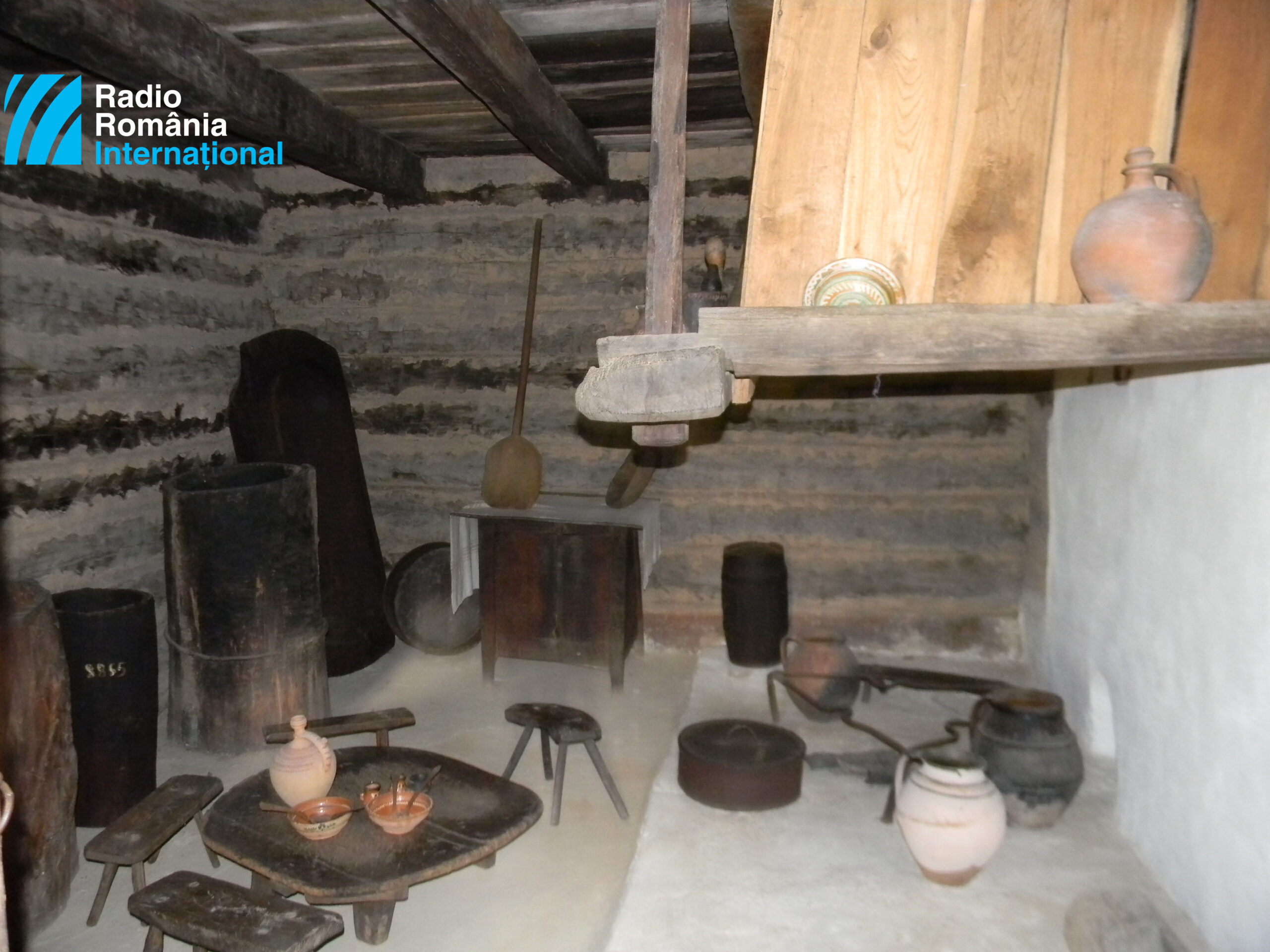Romania’s National Day in Schools
The first day of December marks Romania's national day

Ana-Maria Cononovici, 06.12.2022, 14:03
The first day of December marks Romanias national day. We went to a school in Falticeni, where the students have been celebrating under the guidance of a driven teacher.
Sabina Dulgheriu, the teacher we went to, teaches at the Ion Irimescu Gymnasium in Falticeni, and she told us how she celebrated the national day with her students ahead of time:
“Even if kids are not in school on the national day, December 1st, because it is a holiday, we never missed the celebration, and each year we have organized all sorts of activities one or two days ahead of time, so that children can feel, love, taste, and rejoice in being Romanian.”
Sabina Dulgheriu told us that she tries each and every time to get the students excited and emotional with activities dedicated to December 1st, but also teach them new things, to get them joyful about being Romanian:
“The emotion of this event is felt differently in school, and I think it is more intense, because the main actors in the activities dedicated to National Day are the kids themselves. When you get involved actively and commit to these workshops and lessons around December 1st, any emotion and feeling doubles. Which is why I, as a teacher, am eager to celebrate with my students Romanias Day in school.”
Sabina Dulgheriu added:
“For the last 5 or 6 years I have been organizing, along with my students, around the national day, an exhibition of antique objects. As an aside, I would like to tell you that not even the pandemic prevented us from holding this event, which we did online. My greatest joy was to see how, from one year to the next, children bring to the exhibition more and more antiques, valuable objects, and, even more than that, they know the stories behind them. It is fascinating to listen to an 8 year-old child tell the story of the gas lamp that lit their grandparents room during long winter nights, or that of the vat where parents made homemade cheese, or the bread making tub. This proved to me that these childrens parents are deeply Romanian. I want to specify that most parents are really young. As far as Im concerned, this should make us hopeful in terms of not losing our beauty and our values and traditions.”
Looking back to her own childhood, Sabina Dulgheriu encourages all children to value Romanian traditions. Which is why she organizes for the national day the exhibition called Fond of Romania, which this year brought together over 100 exhibits:
“The classroom could barely contain these objects, and we had some that were over 100 years old. We had very old peasant shirts, a very old bread making vat, we had various household objects crafted out of wood, and we also had some components of a weaving loom, which could not fit in the classroom whole. We also had a very old scarf made from pure silk. I was quite surprised by what the kids brought in. In addition to this exhibition, which was the initial activity, this year we brought along a local artist, Ms. Mihaela Ursache, who guided the children in putting their personal touch on the objects, such as a fridge magnet in the shape of Romania.”
As such, Sabina Dulgheriu followed through with her mission:
“I am a teacher who manages to reach childrens souls. For instance, I asked them what delighted them the most in the two days we set aside for celebrating Romanias day, and they said that they liked the fact that they could come to school in traditional costumes for two days, instead of their uniforms. They liked the fact that they could think freely, they liked that we rearranged the desks in the classroom, they loved that they had guests, and they liked and enjoyed being true Romanians. I would like to wish the best to all Romanians, and I wish for its story to continue at its best.”
To top it all off, the children ran in a Master Chef Romania contest, showing up with cookies and baked goods made according to their grandmas recipe, and of course every kid was a winner.






























